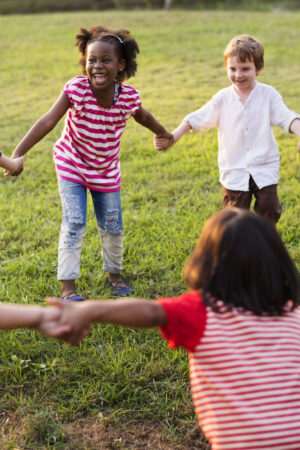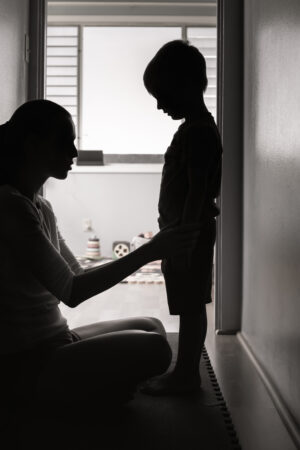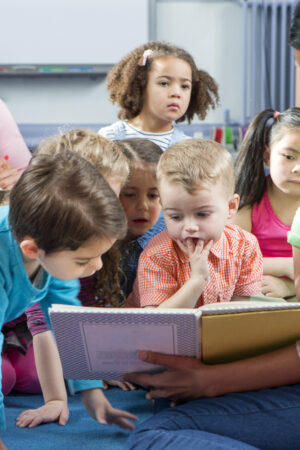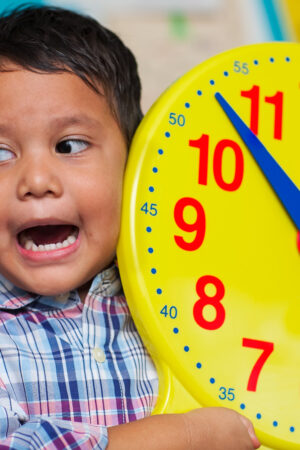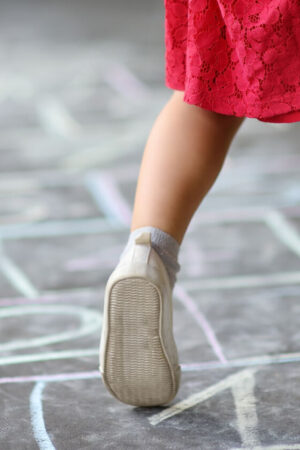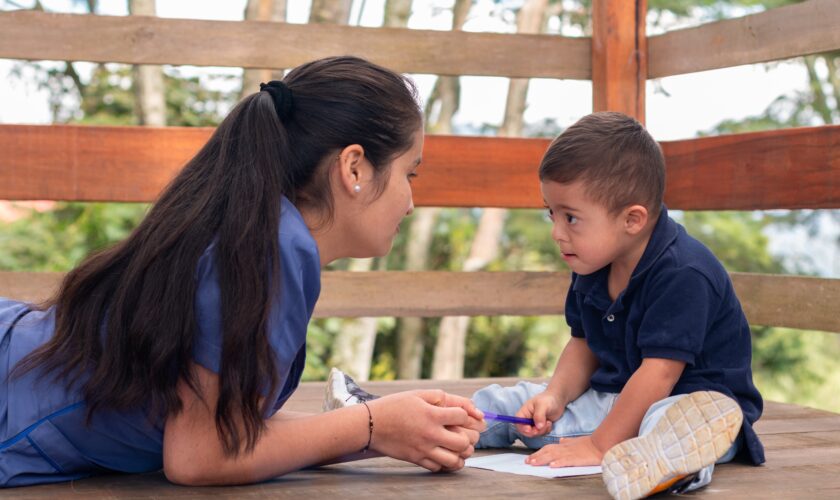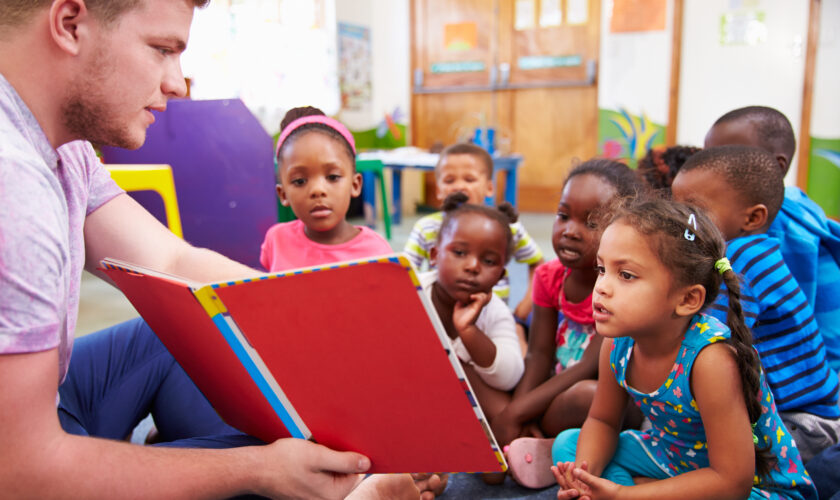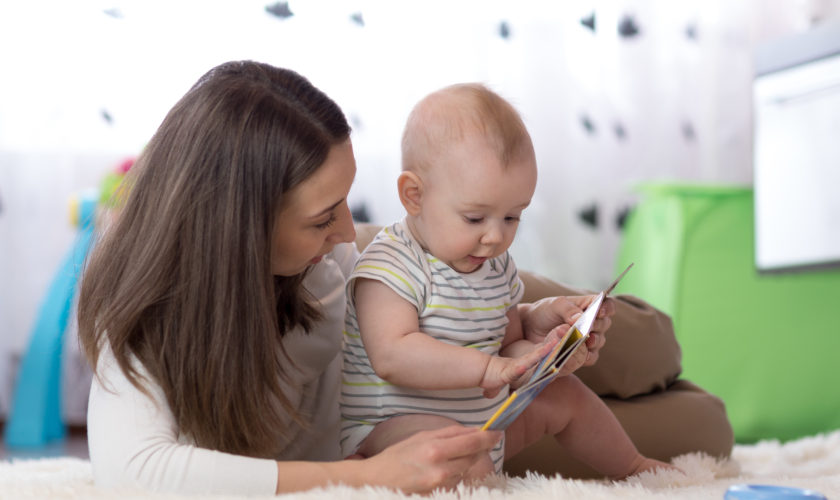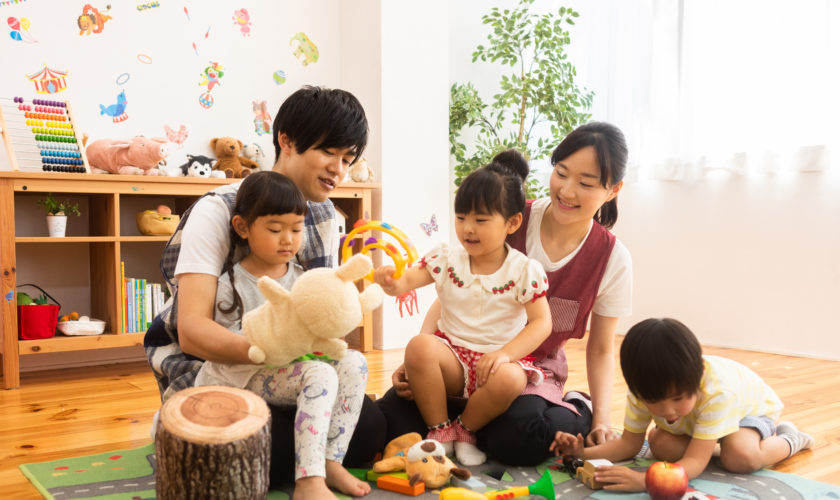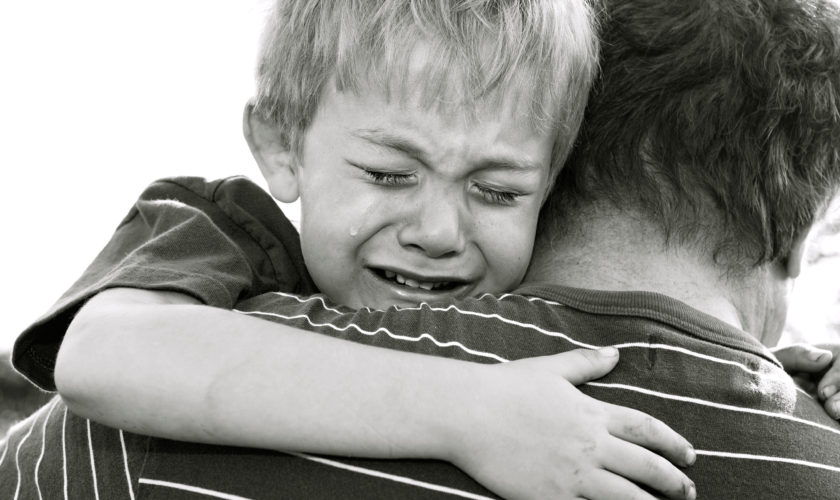By Lisa Mulliken
Recently my daughter and granddaughter were visiting, and we were all on the couch watching a movie. My granddaughter was cuddled up next to me and very engrossed in the movie. Her mother, on the other side of the couch, said to her, “Tell Mimi what you did at Pop Pop’s house.” When she didn’t receive a response, she asked her again. Still no response. So, she asked her one more time and my granddaughter turned her head, looked at her mom, and said, “Mom, it’s my mouth so I’ll use it to talk when I want to.” She then turned her head back to the movie. I know what you are thinking, she’s sassy! But she is also right! How many times do we ask children questions that they aren’t interested in answering or expect them to engage in conversations with us when their attention is on something else? How often do we ask questions, such as, “What color is that?” or “How many do you have?”
